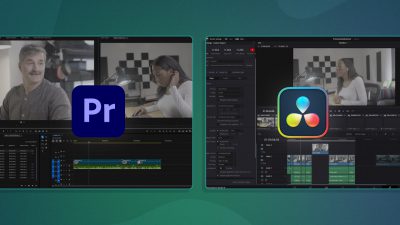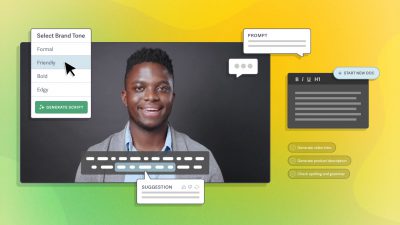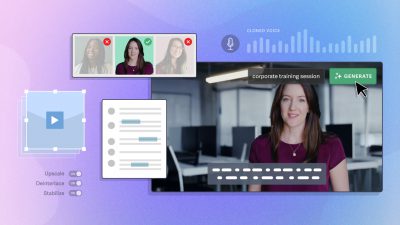Have you ever wondered how to harness the power of video in the classroom? In our previous post we shared engaging video assignments for elementary and middle school students. Now, we’re going to look at how it can be used to enhance your students’ learning experience (and cut down on your administrative tasks!).
Upgrade your feedback
Remember the days when you were at school, deciphering the teacher’s feedback in the margins? That doesn’t have to be your students’ experience. For major presentations or projects, consider filming the students and their work, and create short videos for each student summarizing your feedback and encouragement.
Teach when you’re absent
Students can find it difficult to adjust to a substitute teacher. Compensate for your absence by recording a video of yourself leaving instructions for the class. It will be quicker than writing instructions to the guest teacher, and your students will enjoy receiving their assignments over video!
Communicate with parents
The days of notes in school bags are long gone. But can you be sure that parents read the emails you send? Research has found that using the word “video” in an email subject line boosts open rates by almost 20 percent. Get parents’ and caregivers’ attention by filming your updates.
Free field trips
If the budget is tight at your school, you can still ensure that your students enjoy a field trip. Many world-renowned museums have created fascinating video tours that will have viewers captivated (and make your budget-conscious principal very happy!). For starters, spend some time browsing the Smithsonian National Museum of Natural History, the Field Museum, the Louvre in Paris, and Google Arts and Culture.
Communicate with students from other states
Team up with schools in other states so students can learn about the experiences and beliefs of their counterparts from other parts of the country. Video conferencing is an everyday aspect of life in the ‘real world’, so this is a good opportunity for students to get accustomed to an essential skill for the workplace. If you want to communicate with schools in other countries, we can think of no better way than video. Go for it!
Make contact with former students
There’s nothing more inspiring to students than seeing the real-life reward for dedication to schoolwork. But, it’s not unusual for high-flying former students to be scattered throughout the world. This is a major stumbling block when it comes to inviting them to speak to your class about their experiences, but not an issue thanks to video conferencing.
“Not another quiz!”
Students hate taking quizzes. Teachers hate marking them. Watching a video where a student demonstrates what they have learned is so much more interesting than administering and assessing a quiz. Moreover, the students will be challenged to show creativity and knowledge, as well as video and editing skills.
Special guest speakers
Who remembers Jack’s mom coming to talk about her job as a vet? Or Lily’s grandad’s talk about his time in the Navy SEALs? Presentations made by parents about their jobs are a memorable part of everyone’s school experience. If you’ve run out of parents with interesting or unusual careers who want to visit your class, video can help you reach out to those who are further afield. A video conference with a world-renowned expert in their field will be especially fascinating for older students.
Answer that question you’re asked at least 10 times a day
“Where’s the homework file online?” “Where do I find copies of the form we need for the class trip?” Every teacher has at least one question they’re asked repeatedly by students. Produce a video answering it clearly, and upload it to your class’ website, Blackboard, learning management system, or the school’s website in a dedicated FAQ folder.
Supplementary materials
Students who find themselves especially interested by a topic will want to learn more. Put together a resource guide of entertaining, educational videos that will inspire students who want to continue learning beyond the classroom. When it comes to video that gets people thinking, the best place to start is the TED talks. For younger students, we love this playlist of Ted Youth talks.
If you have found our tips for using video in the classroom inspiring, please share them with your colleagues on Facebook or Twitter!








